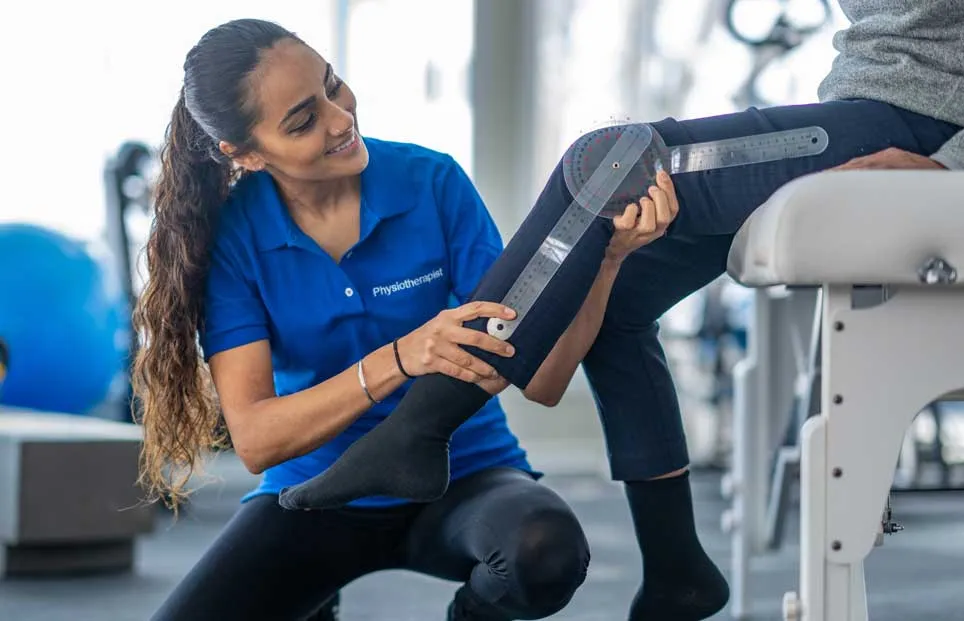Effective Fluid Techniques for Ideal Recovery After Workout
Wiki Article
Hydration is a vital aspect of restoration after physical activity. When individuals engage in physical activity, their bodies lose fluids through perspiration and respiration. This depletion can lead to dehydration, which adversely impacts recovery and overall effectiveness. To ensure optimal recovery, it is important to understand efficient hydration techniques. Staying adequately hydrated helps replenish lost liquids, restore electrolyte balance, and support physical recovery.

One efficient technique for hydration is to consume water before, throughout, and after exercise. Taking in water prior to exercise readies the system for physical activity and helps avert dehydration from the outset. Throughout exercise, taking small sips of water can sustain hydration levels, especially during extended or intense workouts. After exercising, consuming water replenishes lost liquids and aids in restoration. It is important to pay attention to the body and drink water when experiencing thirsty, as this is a instinctive indicator of hydration requirements.
In addition to water, sports drinks can be helpful for hydration, especially following intense exercise. These drinks often include electrolytes such as sodium and potassium, which are lost through perspiration. Replenishing these electrolytes is crucial for muscle performance and overall recovery. However, it is important to select sports drinks wisely, as some have high levels of sugar. Choosing for low-sugar or electrolyte-focused drinks can provide the necessary benefits without too many calories.
Another crucial strategy is to observe urine musculoskeletal assessment in elderly patients color as an sign of hydration status. A pale webpage yellow color typically indicates proper hydration, while dark urine may suggest dehydration. This simple method helps people assess their fluid intake and make modifications as needed. Additionally, consuming hydrating foods such as fruits and vegetables can contribute to overall liquid intake. Foods like watermelon, cucumbers, and oranges have high water content and can enhance hydration efforts.
Lastly, developing a hydration strategy can enhance recovery after exercise. This plan should feature specific amounts of water and electrolytes to consume based on individual activity levels and surrounding conditions. By setting hydration goals, people can ensure they fulfill their needs consistently. Adopting these efficient hydration techniques can lead to improved recovery, better performance, and overall health after exercise.